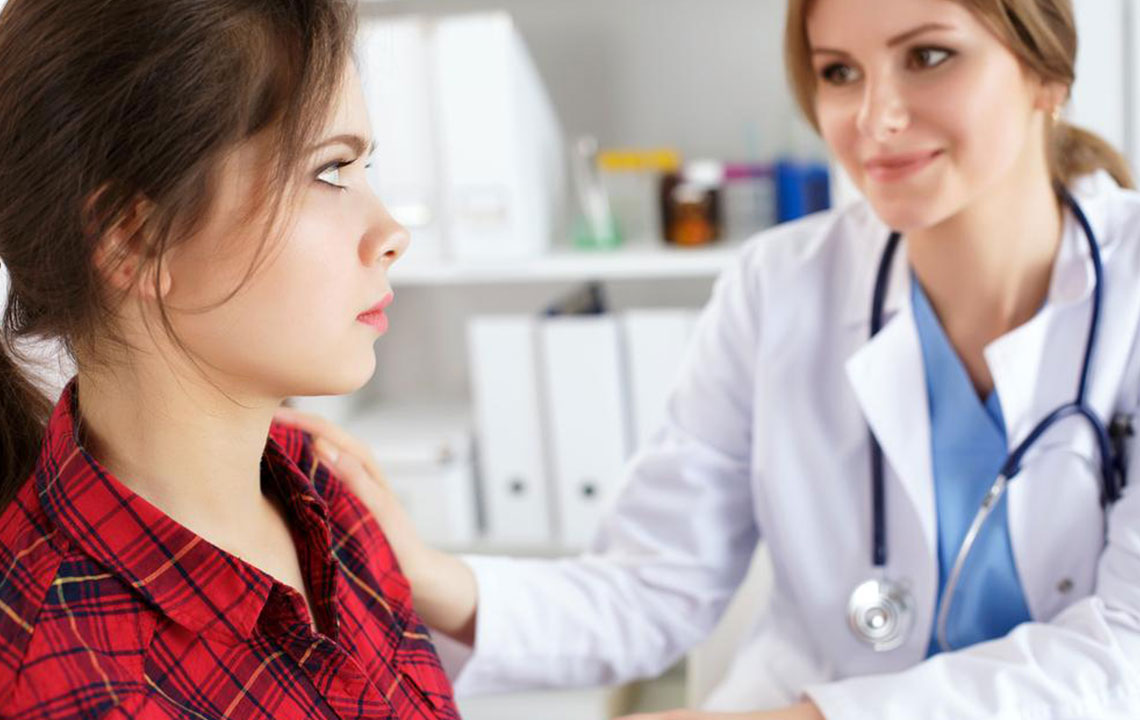Popular Ways for Treating Vaginal Dryness

Estrogen is an important hormone that supports the growth of the female anatomy and helps regulate menstruation. When menopause sets in, the ovaries are unable to produce enough estrogen and as a result, the vaginal health deteriorates. This makes the vaginal wall drier, less elastic, and thinner. This condition is medically referred to as vaginal atrophy and generically called as vaginal dryness. Today, let’s take a look at methods of vaginal dryness treatments and how they work to fix the associated symptoms.
Lubricants/moisturizers
Lubricants, either in the form of a gel or liquid, can be applied to your vagina or the penis of your partner while having intercourse. This is a type of vaginal dryness treatments that is mostly used to provide relief from irritation or pain while having sexual intercourse by providing ample moisture to the vaginal lining. These can be procured from pharmacies and local stores without any prescription. Depending on their composition, there are four types of lubricants:
- Oil-based: Petroleum jelly, mineral oils, baby oils
- Water-based: K-Y Jelly, Summer’s Eve, FemGlide
- Silicon-based: Durex, Pure Pleasure, Pink
- Natural: Jojoba oil, aloe oil, coconut oil
In case your vaginal dryness has become a constant irritant, which extends beyond painful sexual intercourse, vaginal moisturizers may be a more effective solution. These have a more long-lasting effect in comparison to lubricants and can be reapplied after regular intervals. Similar to lubricants, vaginal moisturizers are also available to the stores and you can buy them without a doctor’s prescription. Some well-known moisturizers for vaginal dryness treatment are Moist Again, K-Y Liquibeads, and Replens. One is, however, advised to not use oil-based lubricants, as these are known to cause the breaking of latex condoms during intercourse.
Diet
Studies have shown that low dose estrogens—phytoestrogens—that are found in certain herbs and foods can alleviate the symptoms of a dry vagina. These phytoestrogens, which can be a part of effective vaginal dryness treatments, include:
- Soy-rich foods: Foods rich in soy contents carry crystalline compounds called isoflavones that can act like estrogens in the body. Soybeans, soy milk, tofu, etc. are some such foods that you can add to your diet.
- Black cohosh: This is a medicinal herb that has a similar effect like estrogen in the body. The root of this plant has been known to help in menopausal symptoms including dryness in the vagina.
Flaxseeds, wheat berries, oats, miso, and tempeh are a few other foods that contain phytoestrogens which can be effective dietary options for vaginal dryness treatments.
Additionally, you can add the following supplements to your diet:
- Vitamin D10 – It maintains the acidic environment in the vagina to fight off infections and irritation by bringing down the pH levels. This helps in supporting the general well-being of the vagina.
- Vitamin E – Being a powerful antioxidant, vitamin E helps improve symptoms of dryness in the vagina by acting against cell destroying free radicals. It also promotes blood circulation that helps maintain the thickness of the vaginal walls.
- Vitamin A – This vitamin is a beta-carotene that helps the body preserve mucous membranes, tissues, and skin. It gives a boost to the estrogen levels in the body, thereby helping preserve vaginal health.
- Vitamin B12 – This vitamin assists in the functioning of the adrenal gland. During menopause when the ovaries fail to produce enough estrogen, a properly functioning adrenal gland can make up for the loss. This, in turn, keeps the vagina moistened and supple.
- Probiotics – Research shows that vaginal bacteria aid in sustaining the reproductive robustness in women at different stages of their lives. Taking probiotics can, therefore, be effective in helping with symptoms of vaginal atrophy.
Estrogen therapy
This is the foremost medical treatment that can be prescribed by your healthcare provider. Treatment involves tablets, rings, or creams that are placed within the vagina to bring down the estrogen levels and retain its elasticity. Unlike lubricants or moisturizers, which provide a temporary solution to your dry vagina symptoms, this therapy helps reverse the drying of the vaginal tissue. Some of these prescription-only medicines are Estrace, Premarin, and Vagifem. If you have a medical history of heart attack, liver disease, or breast cancer, this is the one option of vaginal dryness treatments that should be avoided.
Hormone replacement therapy
As the name suggests, this therapy includes medications that help make up for the loss of hormones during menopause. Medicine can be delivered by topical application in the form of a gel, a skin patch or an implant placed under the skin. However, tablets have been one of the highly preferred vaginal dryness treatments. This therapy acts on a wider scale than local estrogen therapy and helps with other symptoms of menopause as well.
Hormone replacement therapy has been known to cause many side effects, hence your doctor will advise starting with the lowest effectual dosage.
Once you begin to hit menopause, it is best to make regular visits to your general practitioner or gynecologist. They can guide you in taking preventive measures against vaginal atrophy and help you achieve a healthy sexual life and overall well-being.


